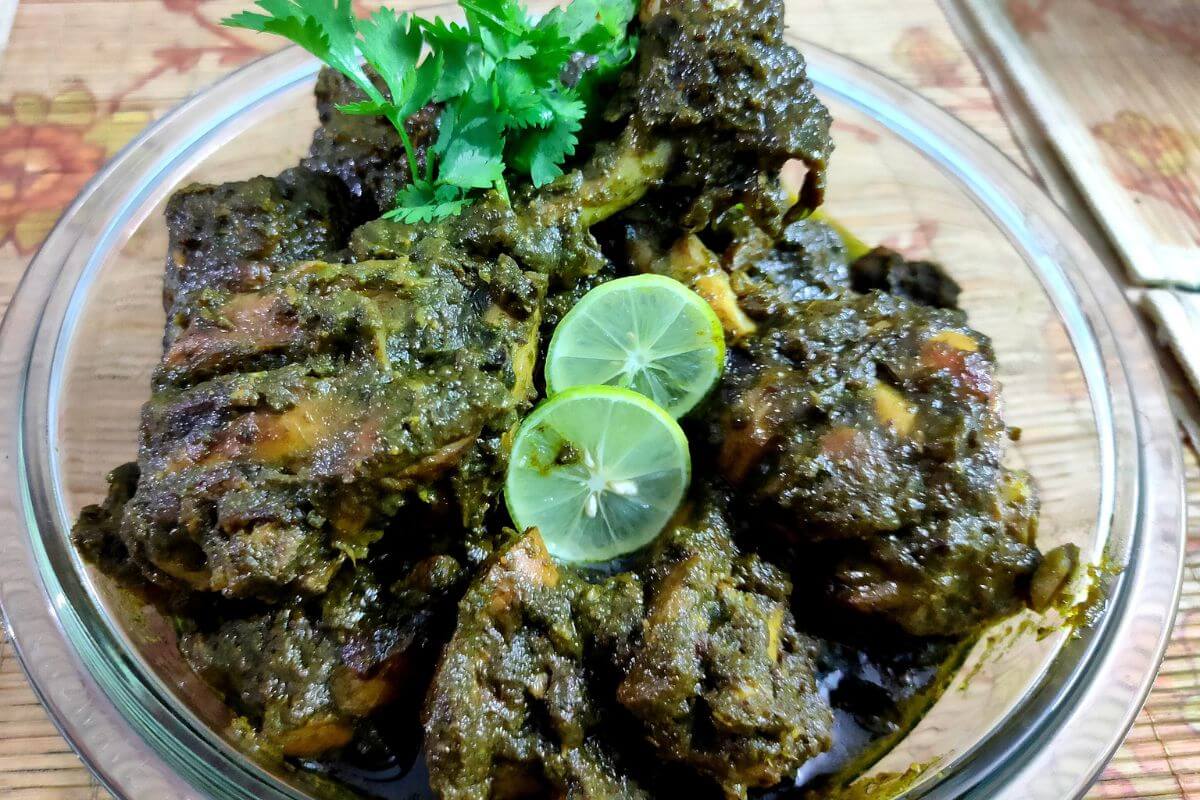The croissant, that golden, buttery symbol of French patisserie, has a backstory as layered as its flaky texture. Though widely celebrated as a quintessential French pastry, the croissant’s origins stretch beyond France, making it a true testament to culinary evolution. From its beginnings as a simple Austrian creation to its current status as a versatile, global delight, the croissant has transformed into something far greater than a breakfast treat. Today, it serves as a canvas for both sweet and savory innovation—reflecting the creativity of chefs and home bakers worldwide.
The Birth of the Croissant: A Shared Heritage
Although synonymous with France, the croissant’s true origins lie in Austria. Its ancestor, the kipferl, was a crescent-shaped pastry enjoyed long before the croissant took its flaky form. According to culinary folklore, Viennese bakers crafted the kipferl during the 1683 Battle of Vienna to celebrate the city’s victory over the Ottoman Empire. The pastry’s crescent shape was a tribute—and a subtle taunt—symbolizing the vanquished Ottoman emblem.
The croissant made its way to France in the 18th century when Austrian baker August Zang opened a Viennese bakery in Paris. It wasn’t until the 19th century, with the French mastery of pâte feuilletée (puff pastry), that the croissant evolved into the airy, buttery delight we know today. By the mid-1800s, the modern croissant had firmly established itself as a staple on Parisian breakfast tables.
The Rise of the Croissant: A Global Evolution
Fast-forward to the present, and the croissant has taken on countless forms. No longer confined to morning coffee rituals, this adaptable pastry is reimagined daily by bakers and chefs around the world. Whether sweet or savory, filled or unfilled, the croissant is a canvas for culinary creativity.
Savory Croissants: A New Take on a Classic
Croissants are no longer limited to butter and jam. Their rich, layered texture makes them ideal vessels for hearty, savory fillings. Here are a few standout versions:
Ham and Cheese Croissant – A beloved classic, this version melts ham and cheese between flaky layers, offering a savory take on the traditional French breakfast.
Spinach and Feta Croissant – Inspired by Mediterranean flavors, this croissant blends earthy spinach with creamy feta—a perfect harmony of texture and taste.
Bacon, Egg, and Cheese Croissant – Popular in breakfast menus worldwide, this indulgent combination reimagines the breakfast sandwich with an extra touch of luxury.
Sweet Croissants: Layers of Indulgence
Sweet croissants remain the crowd favorite, evolving with regional flair and seasonal ingredients.
Pain au Chocolat – A cousin of the croissant, this chocolate-filled pastry is a staple in French bakeries. The molten chocolate core encased in buttery dough is a study in simple indulgence.
Almond Croissant – Often crafted from day-old croissants, this version is filled with almond cream, topped with sliced almonds and powdered sugar. Nutty, rich, and delightfully crisp.
Cinnamon Croissant – A nod to cinnamon rolls, this variation blends cinnamon and sugar into the dough, offering a warm, spiced twist especially popular in North America and Scandinavia.
Fruit-Filled Croissants – Seasonal fruits like apple, berry, or citrus zest find their way into croissant fillings, adding freshness and acidity to balance the richness.
Croissant Around the World: A Culinary Chameleon
The croissant’s global appeal lies in its versatility and ability to adapt to local flavors:
France – The traditional home of the croissant, where it’s typically enjoyed plain, with butter, or as part of a Croque Monsieur made with croissants.
United States – Trendy versions feature everything from turkey and avocado to cream cheese and seasonal fruits.
Japan – Fluffier croissants with fillings like matcha cream, red bean paste, or teriyaki chicken reflect local taste preferences.
Canada: Maple syrup finds its way into both savory (maple bacon) and sweet versions, making the pastry distinctly Canadian.
Middle East: Croissants are filled with spiced lamb, za’atar, feta, dates, rose water, or pistachios, blending French technique with regional flavors.
A Timeless Delight, Ever-Adaptable
The croissant has come a long way from its Viennese roots. Its journey—from the streets of Vienna to the cafes of Paris and beyond—is a story of transformation, adaptability, and culinary creativity. Whether filled with rich chocolate or savory meats, adorned with almonds or infused with fruit, the croissant continues to inspire kitchens around the world.
It’s more than just a pastry—it’s a global symbol of artistry and innovation. So, the next time you enjoy a croissant, savor not just its buttery flakes but also the rich history and imagination that made it a global icon.









